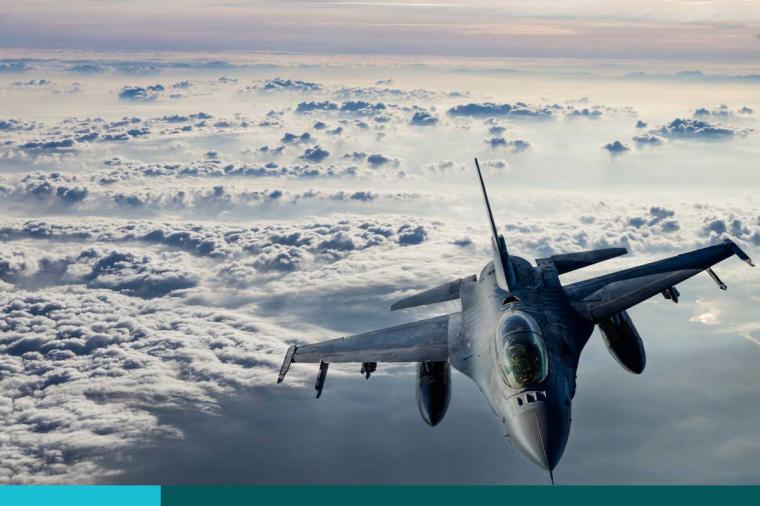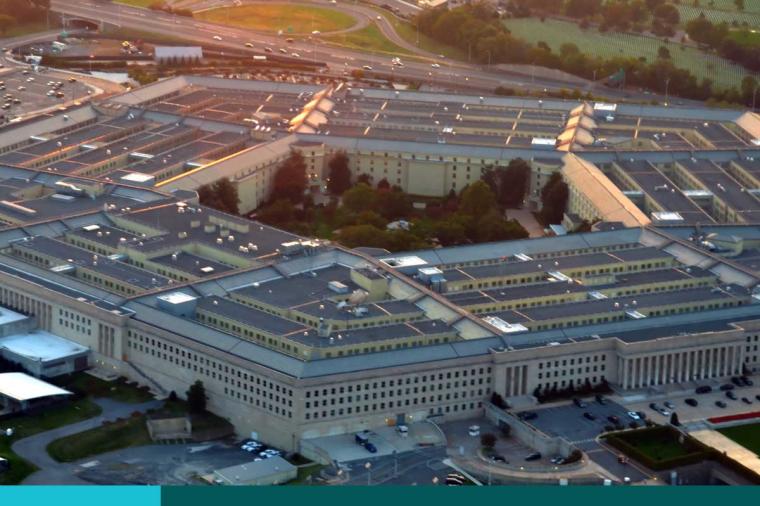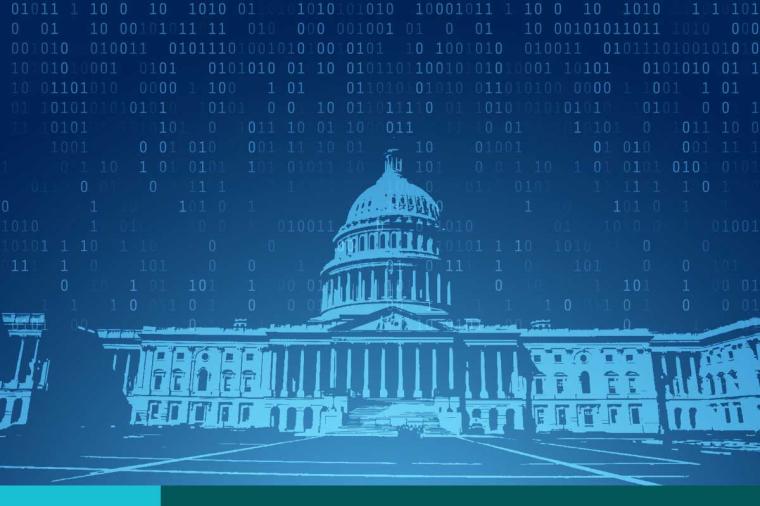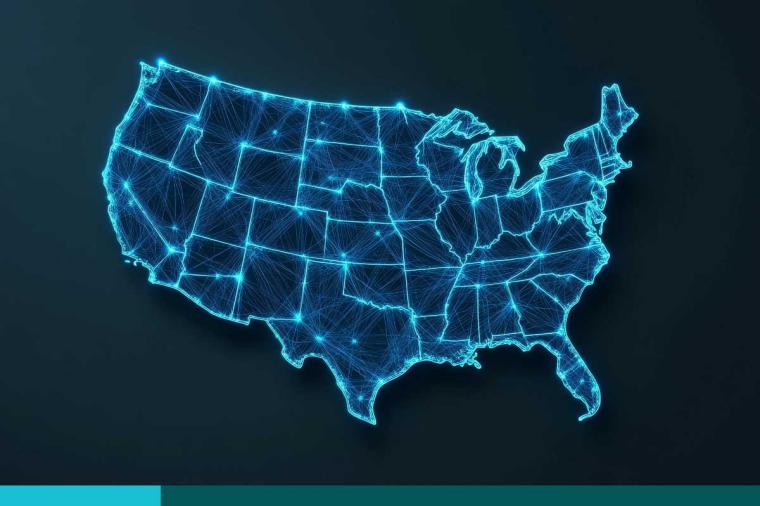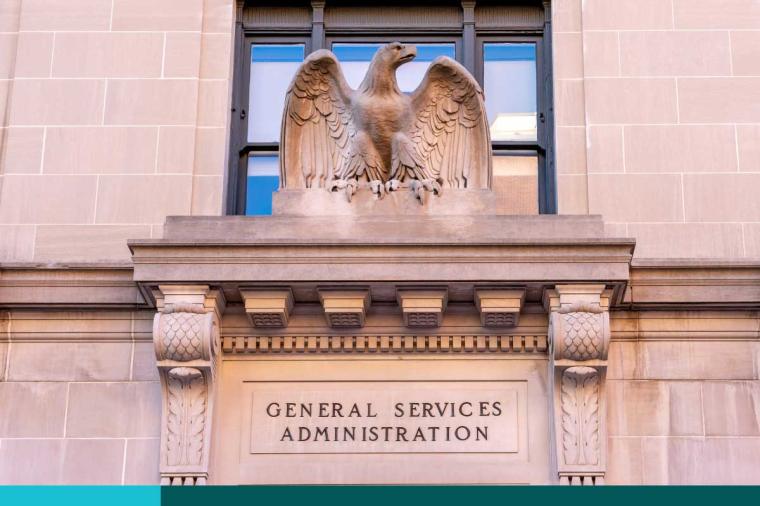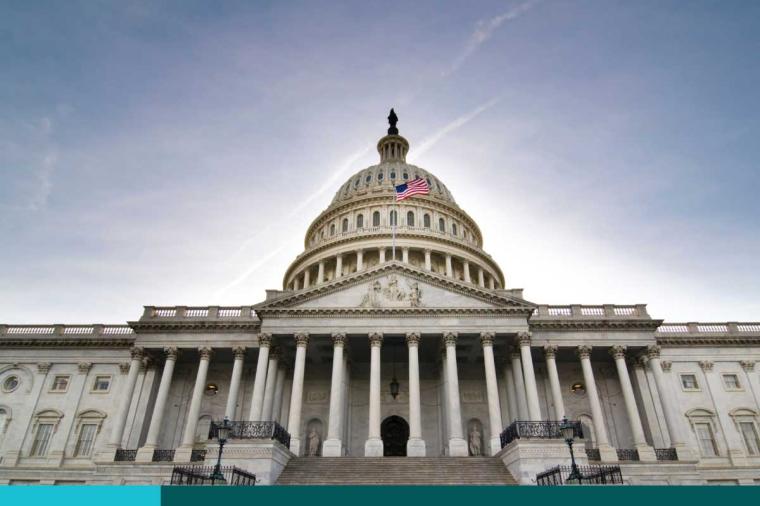Leveling the Digital Playing Field: Understanding the New AI and Cloud Competition Act

There have been big changes to federal technology acquisition in the initial months of the Trump administration to streamline procurement and increase competition. In line with these efforts, a bipartisan group of lawmakers, including Senators Elizabeth Warren and Eric Schmitt, introduced a bill to combat market concentration for artificial intelligence (AI) and cloud capabilities in the Department of Defense (DOD). The Protecting AI and Cloud Competition in Defense Act of 2025 was introduced on May 15th in the Senate as the Pentagon is spending billions of dollars on cloud and AI programs to boost modernization initiatives. According to the one-pager released by Senator Warren’s office, DOD has awarded $9 billion in contracts to only a few large companies to build its cloud computing network, and has requested an additional $1.8 billion for AI programs for fiscal year 2025. The bipartisan bill aims to promote competition, enhance data security and reduce the overreliance on a few dominant technology companies in defense contracting.
Increasing Competitive Procurement
One of the primary requirements of the bill mandates that any cloud, data infrastructure or foundation model provider entering contracts exceeding $50 million annually with DOD undergo a competitive award process. The provision intends to help mitigate barriers of entry faced by small businesses and emerging technology companies into DOD. With an emphasis on competitive procurement, DOD will open opportunities to a more diverse pool of vendors and partners to participate and encourage innovation in defense contracts. To ensure competition, innovation and barriers to entry are improving, DOD will also be required to publish a report every four years along with recommendations for administrative action. Companies entering or expanding their market presence in AI and cloud computing should take advantage of increased opportunities of competition by demonstrating innovative, cost-efficient approaches that will accelerate modernization and support the modern warfighter.
Promoting Multi-Cloud and Modular Open Systems
The new bill is in line with DOD goals to improve scalability, cost optimization, and system resilience by prioritizing multi-cloud technology and modular open system approaches. Unless it is infeasible or there is a substantial danger to national security, having a more flexible and open cloud environment should be more cost efficient and improve competition. Currently, DOD has a variety of cloud efforts, including the $9 billion Joint Warfighting Cloud Capability (JWCC) program, which provides a foundation for contracting access to hyperscale cloud services. The Office of the DOD Chief Information Officer also recently released an updated software modernization implementation plan, which outlines the goal to accelerate and scale the Pentagon’s enterprise cloud environment, calling out JWCC as well as the need for small and niche providers. This bill’s multi-cloud and open system strategy is intended to reduce dependency on a few providers and enhance interoperability, while providing opportunities for smaller niche companies to offer innovative capabilities. Vendors and partners will be successful by focusing on developing modular, open systems that align with DOD’s innovation and security objectives.
Protecting Government Data
The bill also calls for the Pentagon’s Chief Digital and AI Office (CDAO) to update provisions of the Defense Federal Acquisition Regulation (DFAR) Supplement to ensure government-furnished data provided for AI development and operation is not disclosed or used without authorization. In addition, government data stored on vendor systems must have appropriate protection to prevent unauthorized access or misuse. Non-compliance could result in penalties, fines or contract termination, necessitating investments in robust cybersecurity measures. Exemptions can be issued if it is determined that doing so is necessary for national security, but acquisition executives would be required to notify CDAO and provide justification. These expanded measures for security and system resilience echoes the increasingly robust cybersecurity rules, like Cybersecurity Maturity Model Certification (CMMC), that have been put into place. As AI technology and cloud capabilities continue to evolve, companies will have to adhere to increased data protection requirements and continue to invest in security.
What’s next
While this bill is not yet passed, it rides on the coattails of several reforms in procurement announced or introduced over the last few months. This includes DOD encouraging the use of Commercial Solution Openings (CSOs), Other Transaction Authorities (OTAs) and embracing the rapid Software Acquisition Pathway (SWP). With the Protecting AI and Cloud Competition in Defense Act, DOD will take another step towards improving market competition and encouraging high value, cost efficient solutions for the government. Vendors and partners should see more opportunities for competition, continued push for innovation and an increased desire for flexible, multi-cloud environments with more streamlined acquisitions.
To get more TD SYNNEX Public Sector Market Insight content, please visit our Market Intelligence microsite.
About the Author:
Nikki Hamlin is a senior analyst on the TD SYNNEX Public Sector Market Intelligence team covering trends across the federal market. Nikki has more than 8 years of experience in federal procurement research and analysis, providing critical insights to support businesses in making informed decisions across civilian and defense agencies.








